I wanted take the train but it left at 6 AM or 4 PM, so instead I took the bus at 9:30 AM that cost €40 for the senior rate— €66 normal rate. It was a pleasant 3+ hour drive to the Porto train station and bus station called Campanha.
At the metro, there was no ticket agent, just a machine, so I had to look up where I was going to see what the rate was. I would get off at the Trinidad station which cost €2.
A metro train came quickly and I got off on the fourth stop. Using Google Maps on my iPhone, I navigated to the Oporto Inviticus Hostel, which was right next to my ideal hostel, Selina. Unfortunately, the Selina Hostel was full, and this one was mediocre at best.
My room only had two bunkbeds, and there was a rotating group of people except one guy looked like he lived there for a long time. He had put up sheets like curtains, all around his bunk. His bags of clothes were on all the shelves and filled all of the coat hangers. He wasn’t very friendly and didn’t tell me his name nor did he tell others who he was.
When you opened the window in our room in the evening, the smells of the nearby restaurant fans came into the room, so we ended up keeping it closed most of the time. The long-term guy kept opening the window, and I kept telling him it needed to be closed because of the smells and the loud noises from the restaurant below. He just grunted as I closed the window.
The mattresses was saggy and worn out. After this experience, I need to more carefully, read the Hostelworld reviews of places.
For breakfast, I went next-door to Selina where they had some great breakfast choices.
I was really impressed with the cleanliness of the city, but throughout the city, they were doing major subway constructions, which made pristine views of the historical buildings impossible. I also had to navigate around several detours as did cars, and buses.
The Sao Bento Train Station
In touring the city, it seemed like the only level street was along the waterfront, and everything else was up and down streets—many of them narrow.
Many of the buildings are sheathed in decorative ceramic tiles. Many of the churches and even the train station have elaborate scenes made out of tile, usually blue and white in color.
I took the Grayline hop-on-hop-off tour bus of the city, which also included a boat ride under seven of the bridges of Porto. The cost was just €30 for 48 hours to ride the bus and one time to take the boat ride. I thought it was a pretty good deal.
The Grayline provided headsets so you could listen to any of 16 languages as the bus passed several notable places, including historical places— especially center of the city and across the bridge to the place where much of the port wine is produced.
Here were some of the highlights of the Grayline tour.
The Ingres de Sao Francisco is now a museum and charged €10 to enter and you could not take photographs inside. They probably wanted to make more money off of the postcards they were selling. Here’s a photo I took over advertisement for the church. It’ll give you an idea of the richness of the inside of the church also had a catacombs with lots of tombs and throughout the inside of the church you were walking over lots of graves covered by wooden lids.
They had a window in the catacombs that you could see the ossuary— which was filled with the bones and skulls of the Franciscan monks. Most of the tombs were with full bodies of the wealthy patrons of the church.
In the 1300s, the church included a convent and was built much like it looks today. In the 17th century, the church portal was remodeled and then in the 1800s was turned over to the order of Saint Francis of Porto and was available for public worship.
When it was declared a UNESCO world Heritage site it then became a museum in 1996.
The bus stopped at the Crystal Gardens park that has beautiful botanical gardens They are filled with paths, sculptures, and fountains. It also has a big sports stadium.
The bus passed by the baroque Torre dos Clarigos tower which, because of its height gave me a good landmark to find my way back to the hostel and other places of interest.
It was also remarkable to see so many walking streets as well as wide sidewalks, where restaurants would put out their tables, chairs, and umbrellas— even on the steep streets.
Along the way to the hostel I came across this Lello bookstore with a huge line of people waiting to get in. It turns out that it has something to do with Harry Potter books—I have never read—and people who were fans of Harry Potter were eager to wait to enter.
We drove along the longest straight road in Porto and passed by the largest city park in Portugal on our way to the sea and the cruise line port— also under construction. Along this road, the wealthy built their large homes too.
I got off and walked through it, and it was similar to Golden Gate Park, but a little more primitive with lots of varieties of trees, walking paths and small lakes or ponds.
As the park neared the sea, they had a large outdoor venue to hold concerts during good weather.
After walking through the park, I came out near the cruise line dock and beach.
I passed by this roundabout, sculpture native fishnets that undulates in the wind and gradually deteriorates just like fish nets do. It is an homage to the fishing roots of Porto.
I visited the nearby castle called Castelo de Sao Joao Dafoz which had lots of cannons mounted on the rooftop.
Afterwards, I got back on the bus at the nearby stop. The bus ran along a beautiful promenade, all along the waterfront, complete with trees and walking paths. It is also the route of the Portuguese Camino that is 265 km long from Porto. I ran into a couple here that was just starting their pilgrimage to Santiago de la Compostela. I saw other pilgrims closer to downtown as well hiking the Camino.
We went by the Sao Bento train station which was beautiful but marred by the subway construction.
I later went inside to get my train ticket to Lisbon and while they saw the amazing blue and white tile pictures covered almost all the walls. It was some amazing tile work that I’ve never seen quite like it before.
After dinner along the Esplanade, I took the stairs up to the Se—many, many stairs.
The Se dominated the hillside above the Esplanade with its medieval castle walls for protection, a tower, where you had views overlooking the city and the river activities below.
Many of the walls inside were filled with scenes on blue and white tile. The ceiling had murals—I image that they were worried that the tiles may come loose and fall on people. They were again amazing.
There were great views at Porto from the Se tower.
One day I ended up taking the funicular to get up to the top of the steep hills rather than walking it was €4 to take this uplifting ride.
I enjoyed having meals down along the waterfront esplanade. It’s just filled with row after after row of restaurants with outdoor seating. And interspersed along the way are buskers who perform their music plus some break dancers up near the bridge.
I tried their Portuguese sandwich called Francesinha, which consists of two pieces of toast and inside sausage and steak with melted cheese on top surrounded by a spicy red sauce. It was a real food bomb.
On another occasion, I ate at the same place, but had Sea bass, which was delicious and laid on top of a bed of tiny roasted potatoes with some delicious sweet peppers in a mildly spicy sauce.
I met a woman from Chicago who was accompanying her 84 year old mother who was on the trip of her life and had been diagnosed with in stage renal failure. This was their first time out of the US and they were both enjoying it. She thought she would talk her mom into coming back here for the Sea bass that I was having.
The bus drove by numerous beautiful ornate buildings and small parks.
At this roundabout, there was a monument commemorating the victory of the Portuguese over the Spanish.
Along the waterfront, we passed by the tram museum and the old customs house as well as what remained of the local fisherman fleet along with two lighthouses. These days most of the riders are tourists with the best tram ride in the city along this waterfront.
The original fishing village area is now below the roadway across from the custom house.
The city and its developers have done a lot to revitalize the downtown area including the walking street, Rua das Flores, that is now filled with high end shops and restaurants.
Once I finished the bus ride, I took the boat ride that it was included with the €30 Grayline tour it took us under the seven bridges and out toward the sea before we turned around.
This bridge was designed and built by a student of Gustaf Eiffel— who built the Eiffel Tower. I walked across the lower portion for some great views.
A different Greyline bus toured the other side of the Douro River. We drove by the monastery and then through all of the port wine facilities.
On my last night it was threatening to rain, so I went to the neighbor restaurant where I ordered dinner. I got it. I discovered this was a big tapa dish filled with all types of meats including steak, a variety of sausages, corniches, pearl onions and sweet red and yellow peppers. Instead of silverware, I was handed a packet of toothpicks. Maybe the Francesingha wasn’t so bad after all. I was now in a meat coma.
On Sunday, it was a quick walk to the Trinidad metro station where I caught the metro to Campanha, the long distance train station, where I took the 4 hour train ride to Lisbon. The cost of the ticket was €13– the normal rate was €27.
Subscribe to my YouTube Channel
I have recently uploaded all of my travel videos to YouTube now that they allow longer uploads. I have also added other shorter travel videos.
That link is https://www.youtube.com/c/huntforgold
If you do go there, please subscribe to my video channel since it will help me eventually get some income there and help with my future travels.






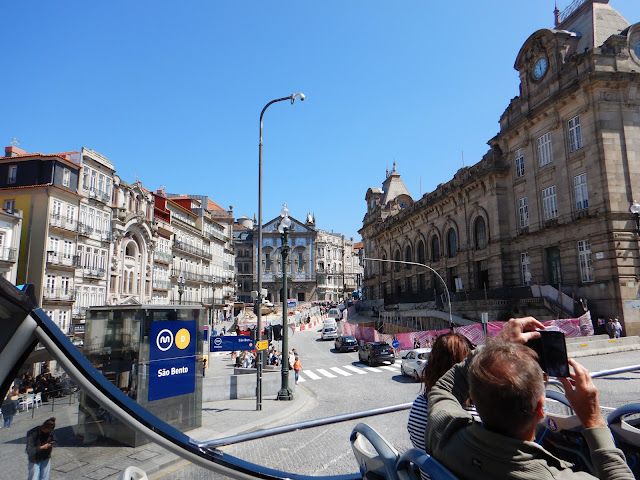



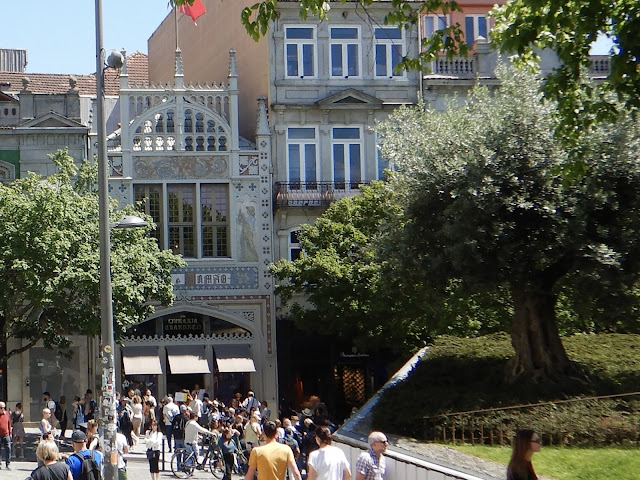


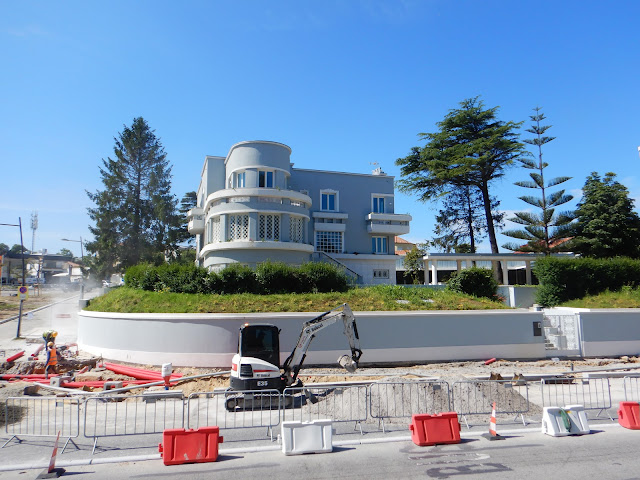

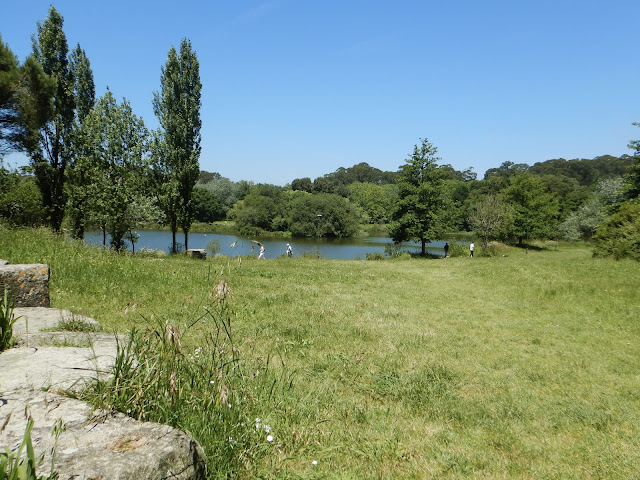














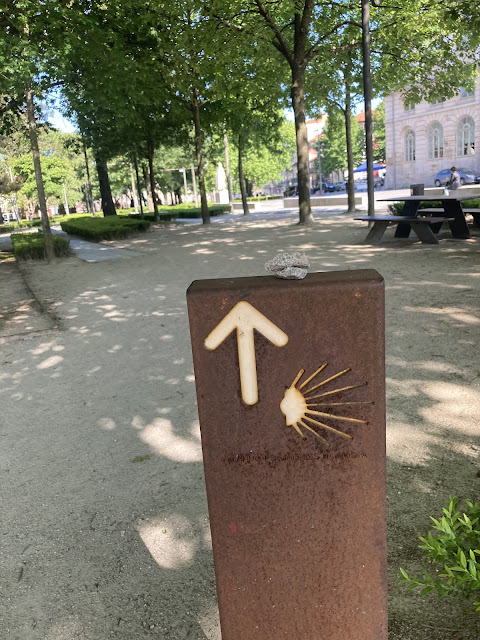




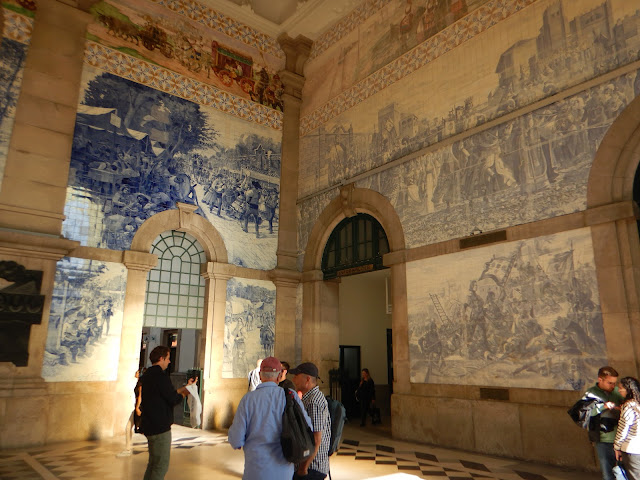





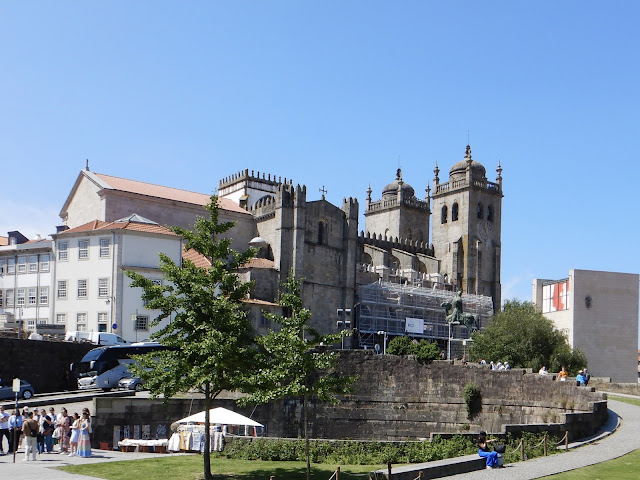

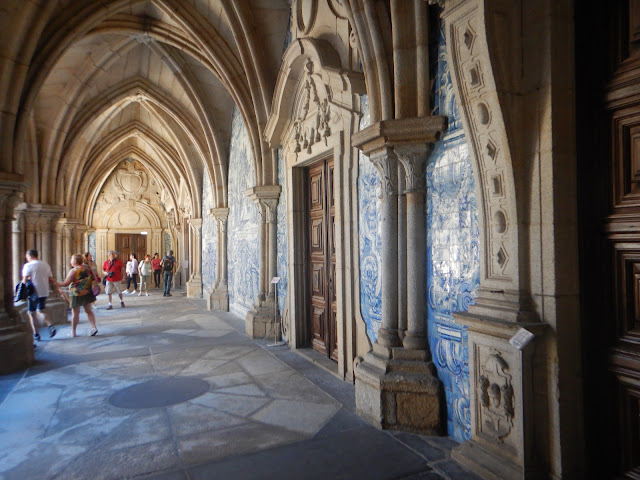












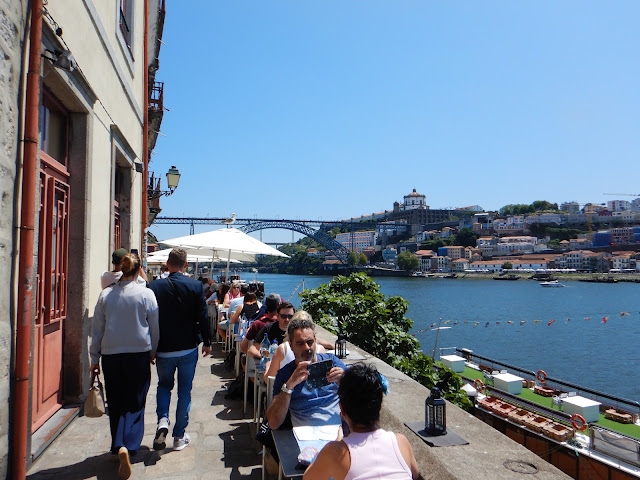




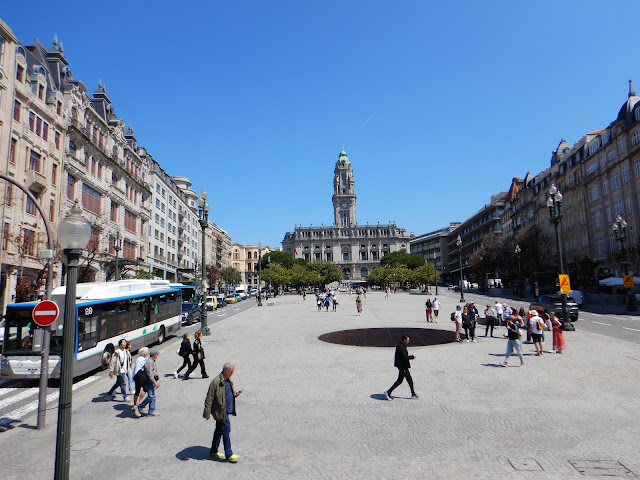



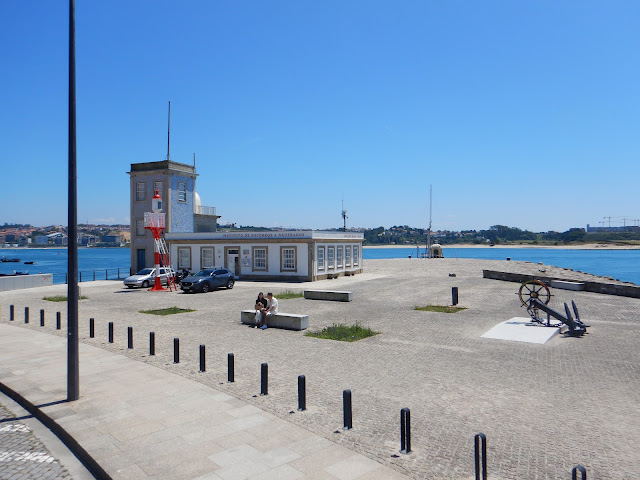











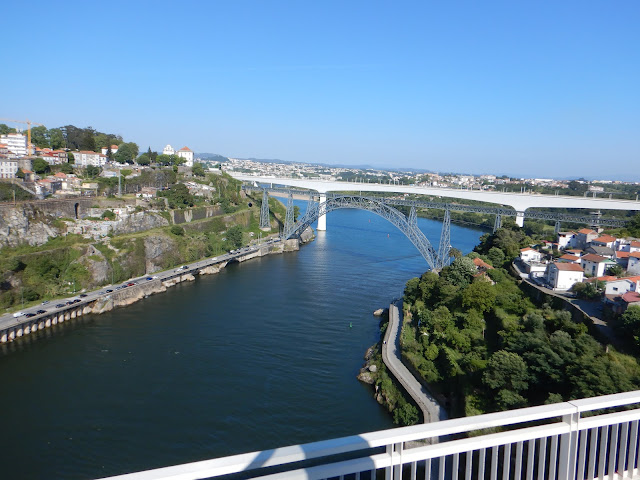



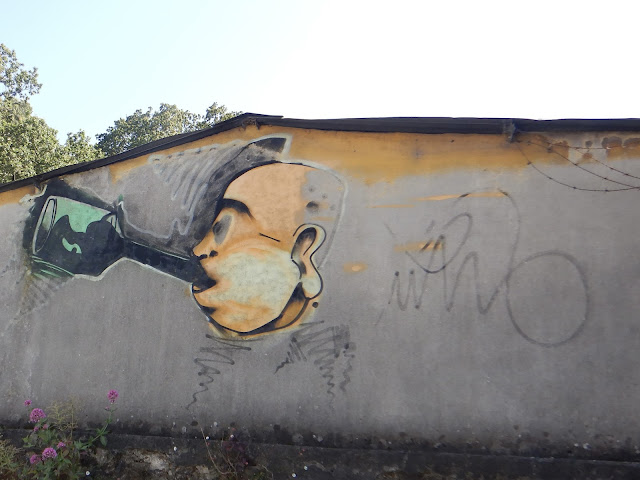

No comments:
Post a Comment